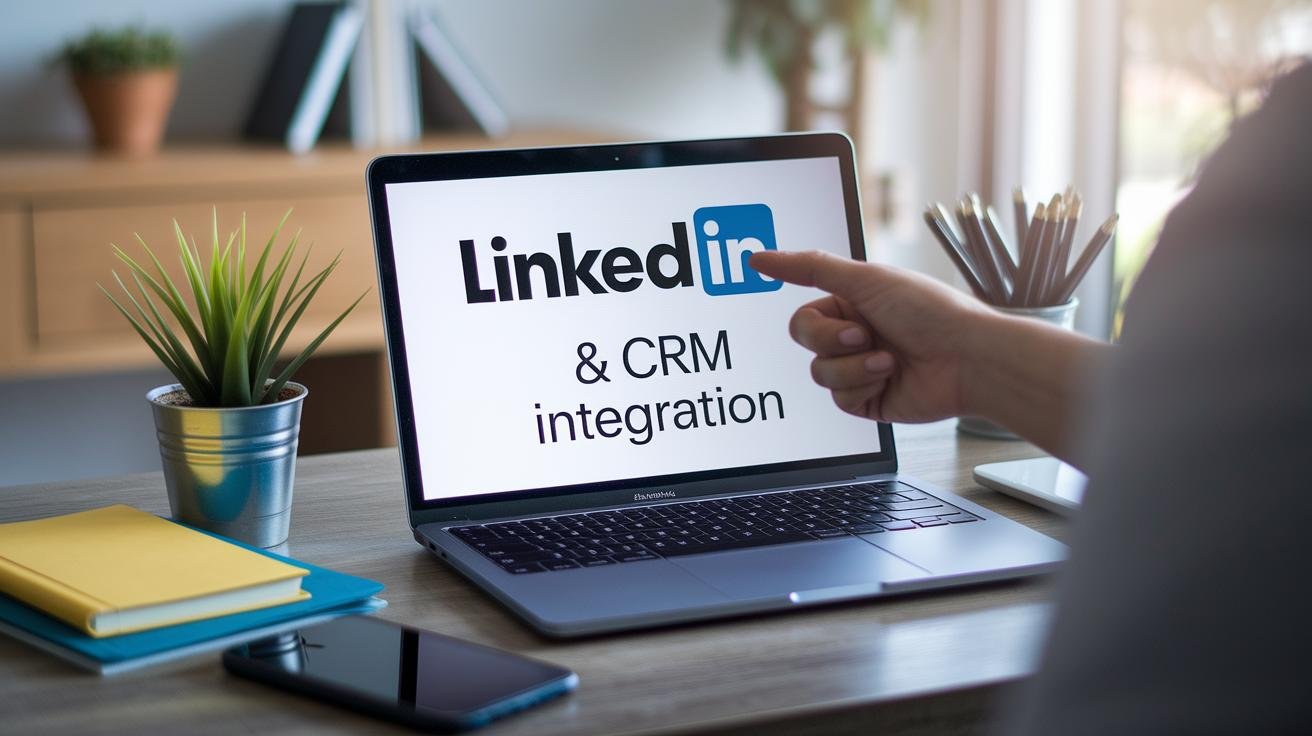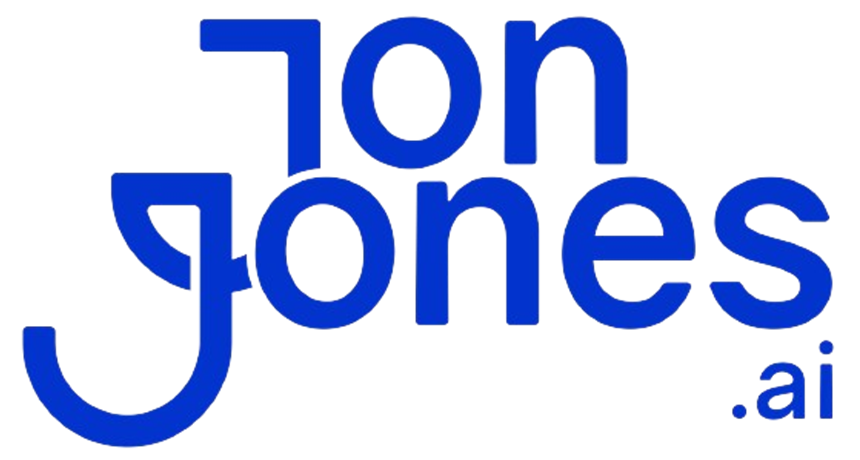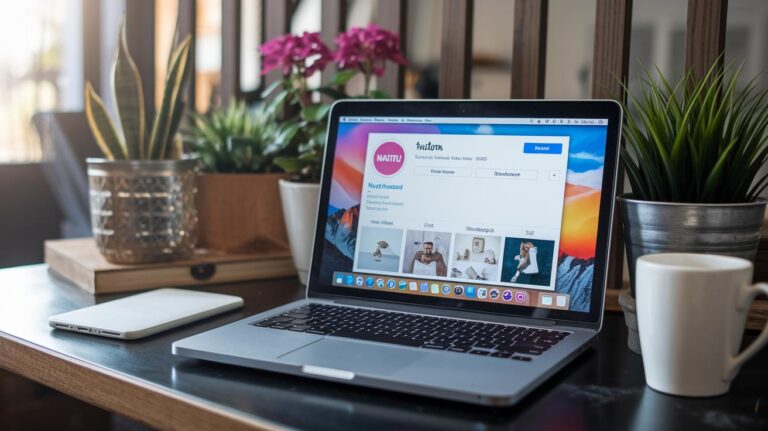Ever feel like your LinkedIn outreach is stuck in manual quicksand? We’ve been there, copying messages, juggling follow-ups, and watching hours slip away.
Picture this: you grab your morning coffee, and new connections start rolling in on autopilot. Nice.
LinkedIn automation is software that finds prospects, sends invites, follows up, and tracks your responses. It’s like having a 24/7 assistant.
We ran a test workflow that cut our outreach time by 75% and bumped our reply rates. Next, we’ll show you five easy automation strategies to level up your lead generation, so you can engage more prospects faster and keep your pipeline full with less effort.
Maximizing Lead Generation with LinkedIn Automation

Imagine your pipeline filling up while you sip your morning coffee. LinkedIn automation is software that spots new prospects, likes posts, sends connection invites, and kicks off conversations, all on its own. We set up a prospecting workflow (an automated sequence that handles each outreach step) with AI lead generation software, and it cut our manual prospecting time by 75%. Then we added social scheduling and response-tracking best practices from automation tools for social media, so your leads stay warm 24/7, no extra work required.
Next, we combined LinkedIn outreach with email in a multi-channel sequence. Teams using both see a 24% higher ROI compared to single-channel campaigns. Over 175,000 companies trust Snov.io for LinkedIn lead gen, pairing engagement with ROI measurement tools that track acceptance rates, reply rates, and meetings booked. Smart limit controls and random delays mimic human behavior, so you stay under LinkedIn’s radar while keeping your pipeline full.
Here’s what you’ll get:
- Save hours with automated invites and follow-up messages
- Find the right prospects using advanced filters and segmented lists
- Scale outreach with email + LinkedIn sequences for 24% higher ROI
- Trigger consistent follow-ups based on prospect actions
- Speed up your pipeline with CRM integration
Results matter. With the right mix of automation, you’ll engage more prospects faster and track every step from invite to meeting.
Choosing the Right LinkedIn Automation Software

When you’re hunting for the right LinkedIn automation software (tools that handle messaging, connection requests, and profile visits for you), it helps to compare price, deployment type, and daily action limits at a glance. We’ve laid out six top platforms so you can see how they stack up on cost and features.
Next, check out the side-by-side table below. It gives you a quick snapshot of each tool’s price, where it’s hosted, its standout features, and how many actions you can run per day.
| Tool | Starting Price | Deployment | Key Features | Daily Limits |
|---|---|---|---|---|
| HeyReach | $79/seat mo Agency up to $1,499 |
Cloud-based | Multi-account rotation, smart sequences | 100 actions/account |
| Expandi | $99 mo 7-day free trial |
Cloud-based | Dynamic personalization, dedicated IPs | 80–100 actions |
| Salesflow | $99 mo | Cloud-based | AI-driven prospecting, live analytics | 50–80 actions |
| LiProspect | $89 mo | Cloud-based | 4G mobile proxies, Sales Navigator import | Up to 70 actions |
| LinkedRadar | 30-day free trial | Cloud-based | AI icebreaker, email finder | 100 invites & messages |
| Dux-Soup | $14.99–$99 mo | Browser-based | Auto-visits, messaging, CSV export | User-set (20–50) |
Want a deeper dive? We’ve tested each platform so you can pick the best fit for your team. Check out our full reviews at best LinkedIn automation tools.
Setting Up an Automated LinkedIn Prospecting Workflow

Setting Up Cloud-Based Automation
First, pick a cloud-based tool (web software that lives online) and link it to your LinkedIn account. You’ll do that in your LinkedIn settings by authorizing the app, this starts your automated prospecting flow and keeps your login info secure. Most platforms walk you through a quick onboarding screen where you grant permissions and choose how often data syncs.
Next, let’s build your audience. Use filters to define job titles, industries, and regions that fit your ideal customer. Then import your saved Sales Navigator lists (LinkedIn’s lead search feature) or upload CSV files (comma-separated values). Finally, choose an export format, CSV or JSON (JavaScript Object Notation), so reporting stays simple.
Now we feed that clean data into your pipeline:
- Map each LinkedIn field to your CRM (customer relationship management system) like HubSpot or Pipedrive.
- Set up follow-up triggers based on actions, connection acceptance, profile views, or message replies.
- Link to Zapier (automation platform) with a webhook (a way to send real-time data) to fire custom scripts that send nurture emails or update lead scores instantly.
Configuring Browser-Based Extensions
To use a browser extension, install a Chrome plugin such as Dux-Soup and log in with your LinkedIn credentials. You’ll see its icon in your toolbar, click it to run a simple setup wizard. Grant access, select your default workspace, and you’re good to go.
Next, set daily action limits so you mimic human pacing: conservative numbers for connection requests, profile visits, and messages. Adjust delays between each action (30–90 seconds works well) to stay below LinkedIn’s radar and avoid restrictions.
Finally, schedule your local runs so automation only fires when your computer is on. Use the plugin’s built-in timer or any desktop scheduler to start and stop it each day. That way, you keep control without leaving your machine running around the clock.
Ensuring Safe LinkedIn Automation Practices

- We rotate your outreach across multiple LinkedIn profiles to keep things looking natural and lower risk.
- We warm up new accounts slowly over two to three weeks, starting with light actions (liking posts or viewing profiles) before sending connection requests.
- We limit invites to just a handful of personalized requests each day. You’ll get more yeses and avoid spam flags.
- We focus on genuine engagement, like commenting with insight, sharing relevant posts, or answering questions instead of mass messaging. That’s how you build real connections.
Pro tip: Rotate through several accounts you’ve warmed up over two to three weeks. That way, your daily outreach stays smooth, you follow LinkedIn’s rules, and you build authentic connections.
Crafting Automated LinkedIn Outreach Sequences

We start every outreach cadence with dynamic fields (placeholders like {{firstName}} and {{company}}) and Spintax (a way to randomize greetings, for example {Hi|Hello}). This keeps each message feeling fresh and helps you dodge LinkedIn’s automation filters. You’ll watch your engagement rates climb.
One-click AI icebreakers from LinkedRadar use AI (artificial intelligence) and GPT-4 (a language model) to scan a prospect’s profile and whip up a custom intro line in seconds. It feels like you wrote it yourself, not a bot. Nice.
After your connection request lands, tap into Snov.io’s library of over 20 chat templates. Set simple triggers so a thank-you note fires off as soon as someone accepts, a resource link drops after they reply, and a clear call-to-action pops up when they engage with your post. No manual guesswork.
Here’s the flow:
connection request → thank-you note → value-add message → call-to-action.
Each step adapts based on what your prospect does. Less busywork. More real conversations.
Sample Outreach Sequence Templates
-
New connection request with shared interest
Hi {{firstName}}, I saw your comment on that AI lead-gen post and loved your take on personalization. I’d like to connect and swap B2B outreach tips. -
Follow-up message with resource link
Thanks for connecting, {{firstName}}! Here’s a quick guide on multi-channel outreach, it shows how combining email and LinkedIn can boost reply rates. Let me know what you think. -
Value-add note referencing recent post
Hi {{firstName}}, I just read your post on workflow automation. Great insights! I’ve been testing a tool that cuts setup time in half and thought you’d find it handy. Happy to share a demo link. -
InMail call-to-action for Premium users
Hi {{firstName}}, since you’re a Premium member, you can message right away. I’d love to show how our automated drip campaigns on LinkedIn sync with your CRM, got 10 minutes next week?
Measuring LinkedIn Automation Campaign Performance

Ever wondered how your LinkedIn automation campaigns are really doing? With our analytics dashboard, you see connection acceptance rates, reply rates, and meetings booked per campaign. We update data live (real-time updates), so you know right away if a sequence stalls or surges.
Each key performance indicator (KPI) (a metric that shows success) gets its own chart, so you spot patterns by day or week. Engagement tracking shows trend lines that point out spikes or dips in responses. You’ll watch how tiny tweaks lift reply rates or boost clicks on shared links.
For deeper insight, we offer A/B tests (comparing two versions) on subject lines, message flows, or icebreakers. These tests help you zero in on what drives more meetings booked.
Our ROI tools calculate your meetings-booked-to-cost ratio, so you know which campaigns actually pay off. You might find certain filters or templates deliver a stronger bang for your buck. And if performance dips, you’ll spot low-return segments fast, and we’ll help you shift budget or tweak limits on the fly.
Want to share results without lifting a finger? You can schedule automated exports in CSV (comma-separated values file) or PDF at daily, weekly, or custom intervals. You’ll get a morning summary in your inbox or share it with teammates automatically. That keeps everyone aligned, turns raw numbers into action points, and frees up time for big-picture strategy.
Final Words
In the action, we showed how LinkedIn automation trims manual prospecting by up to 75% and ramps up ROI with email plus LinkedIn outreach. We compared top tools, walked you through cloud and browser setups, shared safe usage tips, and covered follow-up sequences and analytics.
You’re ready to pick a platform that fits your budget, build a workflow that matches your goals, keep your account safe, and engage prospects in real conversation.
Now, you can watch your leads grow with linkedin automation fueling your growth.
FAQ
What are LinkedIn automation tools?
LinkedIn automation tools let you find leads, send invites, like posts and message prospects automatically. You’ll save up to 75% on manual prospecting with human-like delays and daily limits.
Are there free LinkedIn automation options?
Some tools like Dux-Soup and Salesflow offer free plans or trials. Free tiers usually cap daily actions and limit advanced features compared to paid subscriptions.
What are the top LinkedIn automation tools?
The top LinkedIn automation tools include Expandi, Zopto, Dripify, Dux-Soup, Waalaxy, Salesflow and Linked Helper. They vary in features like dynamic personalization, multi-channel outreach and dedicated IPs.
How do LinkedIn automation tools support lead generation?
LinkedIn automation tools support lead generation by automating search filters, connection requests and follow-ups. Combining LinkedIn with email sequences delivers about 24% higher ROI than single-channel outreach.
What is a LinkedIn automation extension?
A LinkedIn automation extension is a browser add-on that runs tasks locally. You install it on Chrome or Edge to send invites, visit profiles and trigger follow-ups while respecting daily limits.
What is LinkedIn Sales Navigator?
LinkedIn Sales Navigator is LinkedIn’s premium prospecting tool. It offers deeper filters, lead lists and CRM syncing so you can target decision-makers accurately and feed prospects into automation campaigns.
How do Dripify, Dux-Soup, Waalaxy, Expandi, Zopto and Salesflow differ?
Dripify focuses on drip campaigns with built-in templates; Dux-Soup runs locally as a Chrome extension; Waalaxy offers multi-channel sequences; Expandi adds dedicated IPs; Zopto and Salesflow drive AI-powered prospecting.






